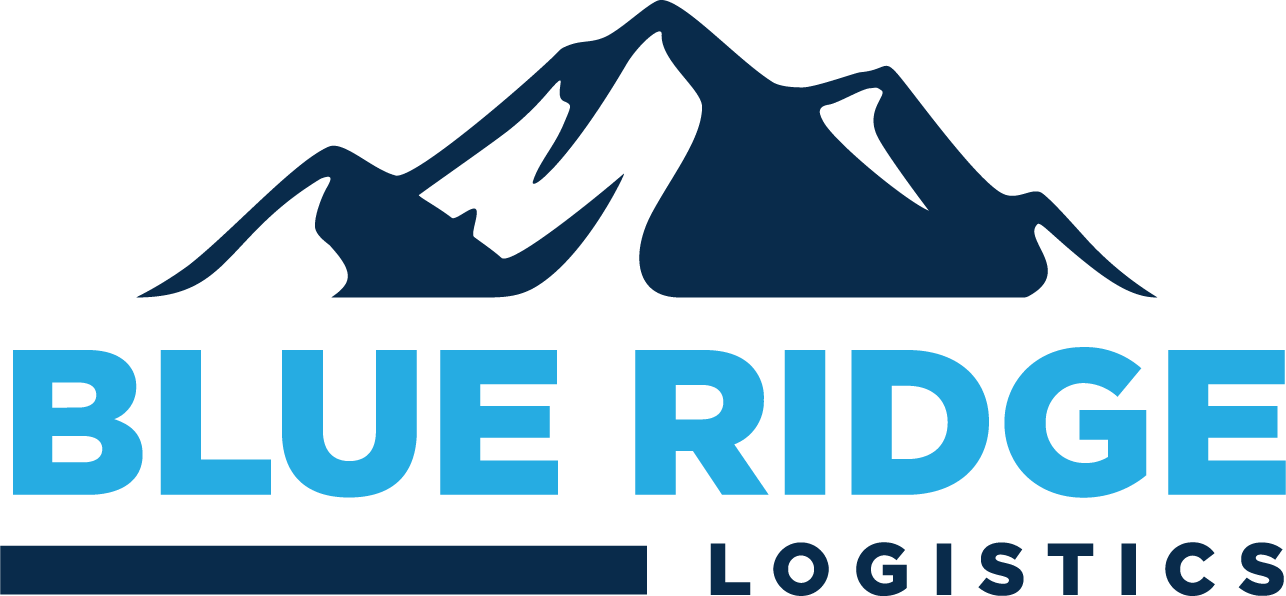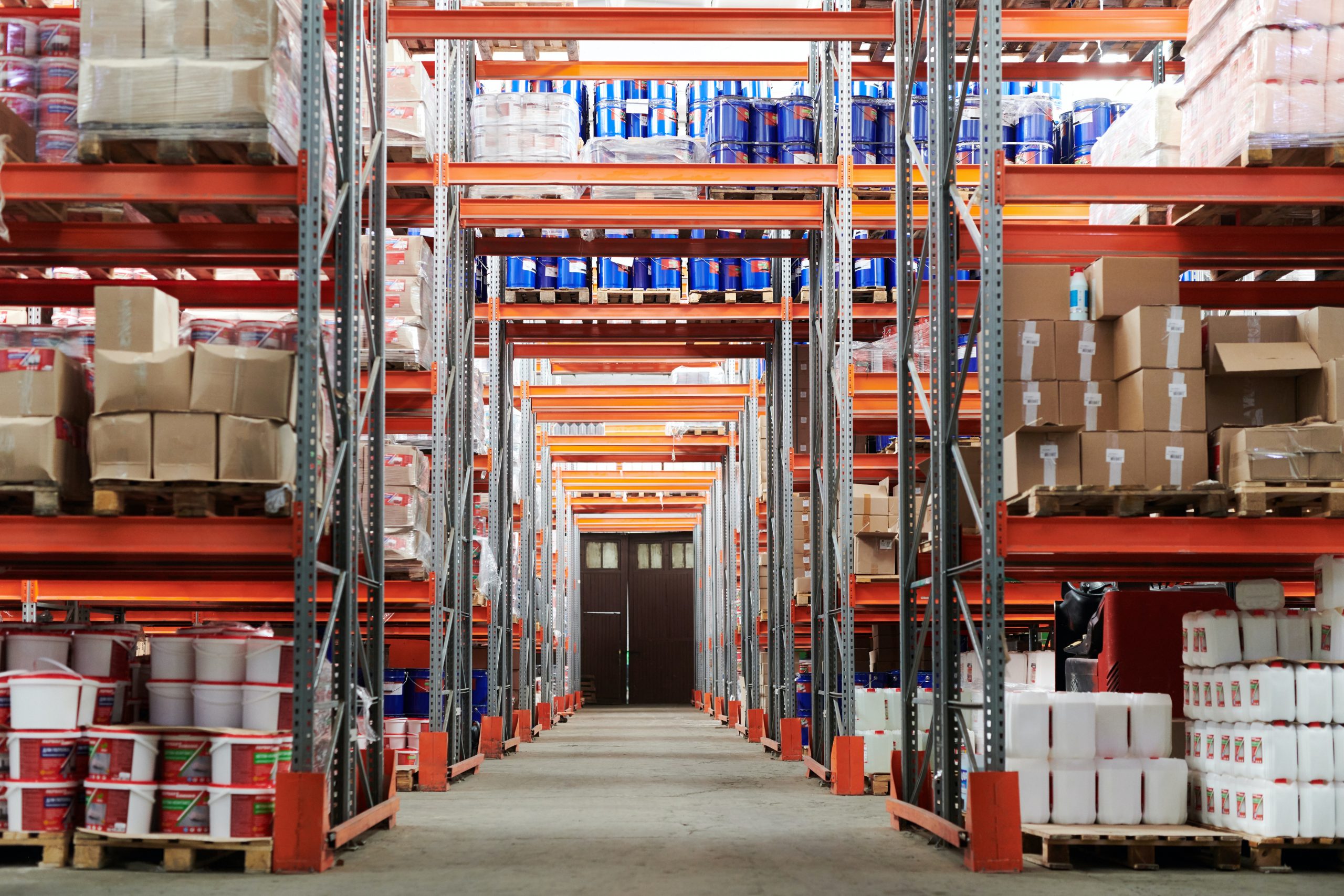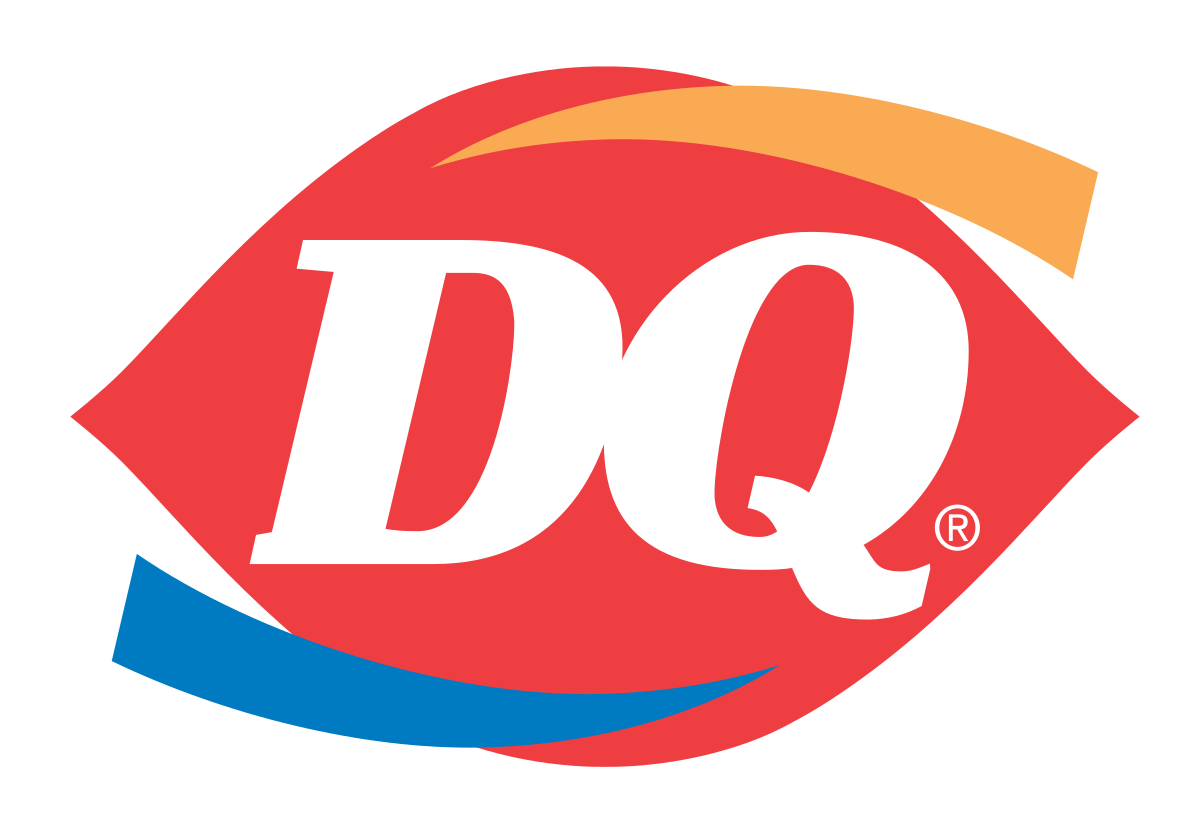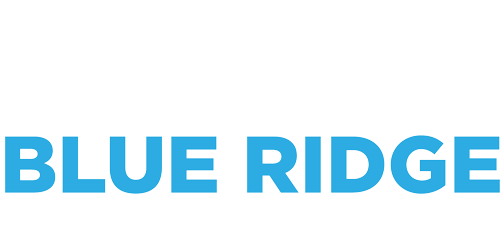How Customer Demands are Reshaping Last-Mile Delivery
Last Mile Delivery is one of the most crucial, if not the most crucial, steps in the logistics process. Recent economic and technology changes have been putting pressure on the logistics business. Consumer behavior and technological changes are driving demand, and costs are increasing rapidly. Supply chain experts say that the cost of last mile delivery accounts for a quarter to over half of all total transportation costs.
The largest components of last-mile logistical costs are typically these four things:
- Warehousing – Number of storage locations, storage space, geographic location, and type of storage facilities.
- Fulfillment – Number of orders processed, how many SKUs you have, packaging requirements, and delivery time commitments.
- Delivery – Speed, order sizes, scope (store, building, inside/white glove), and distance.
- Technology – Real-time tracking, inventory management tools, and reporting.
Other costs are labor, equipment, and other capital. All of the above factor into the total costs for delivering products. It is important that last mile providers understand overall market demands and trends that will affect them going forward.
Evolving Demands
Customer demands have changed drastically over the past several years. Let’s examine some of the specific things that have caused the changes.
- E-commerce – The use of e-commerce is nothing new, but it has continued to increase, and the recent Pandemic pushed the use of e-commerce up at an even higher rate. E-commerce is estimated to account for around 22% of global sales in 2023 worth over $6 trillion USD. The continued shift away from brick-and-mortar stores is forcing sellers to almost entirely depend on shippers and last mile delivery providers to get their products into the hands of customers.
- Diversification in Delivery Methods – The explosion in demand for last mile deliveries has put a tremendous burden on existing parcel providers like USPS, UPS, FedEx, DHL, and others. This has resulted in delays and negative customer sentiment, impacting the reputations of carriers and retailers. The upside of this scenario is that it has provided excellent opportunities for third-party logistics firms (3PLs), specialized couriers, and gig economy delivery services to get into the last mile market.
- Price Inflation – With the U.S. inflation rate around 7% at the end of 2022, and continuing to be high into 2023, increasing costs are impacting delivery services across the board. Last mile delivery costs tend to increase more than other costs and can severely cut into the margins of delivery providers.
The online sales market and the demand for direct delivery are expected to grow at continued high rates. Shippers need to understand what the trends are that drive last mile delivery economics.
Trends that Affect Demand
- Real-Time Tracking – With technology available to provide real-time tracking (online and mobile), customers now expect this functionality and information to be provided by all carriers. Real-time tracking not only helps the customer, but it also enables shippers to proactively manage their shipments and deal with exceptions as they occur.
- Process Automation – Another tech area that is big in logistics is automation. Labor shortages are also driving this trend. This can be a large capital expenditure, but leads to long-term gains which can make or break a shipping company.
- Managing Multiple Couriers – As a result of the growing number of last mile delivery providers, it is crucial for shippers to effectively manage pricing, routing, dispatching, and tracking multiple providers.
- Micro Fulfillment Centers – To shorten delivery times, shippers are increasingly turning to micro fulfillment centers (MFCs). Strategic placement in metropolitan centers with smaller inventories of high-volume/high-demand products can significantly decrease delivery times and provide flexibility and scalability to stay competitive in meeting customer expectations for same-day and next-day deliveries.
- Specialization – All customers expect the convenience of direct/home delivery. Some products like groceries and medications require special handling to maintain safety and quality. Delivery of bulky products like furniture or heavy equipment need specialized equipment or white-glove assembly. Last mile services are addressing these unique delivery needs through specialization.
Conclusion
If you are in the business of getting products to customers, then staying informed on consumer demands and what is driving changes in demand is critical to being profitable. Having logistics that can not only support the demands, but are also efficient and flexible is key. Whether your company can do these things or if you need to depend on a 3PL provider, managing your logistics is not an easy thing. You must look at your markets very closely, assess the demands, and make your logistical decisions strategically to ensure the ongoing viability of your business.
















